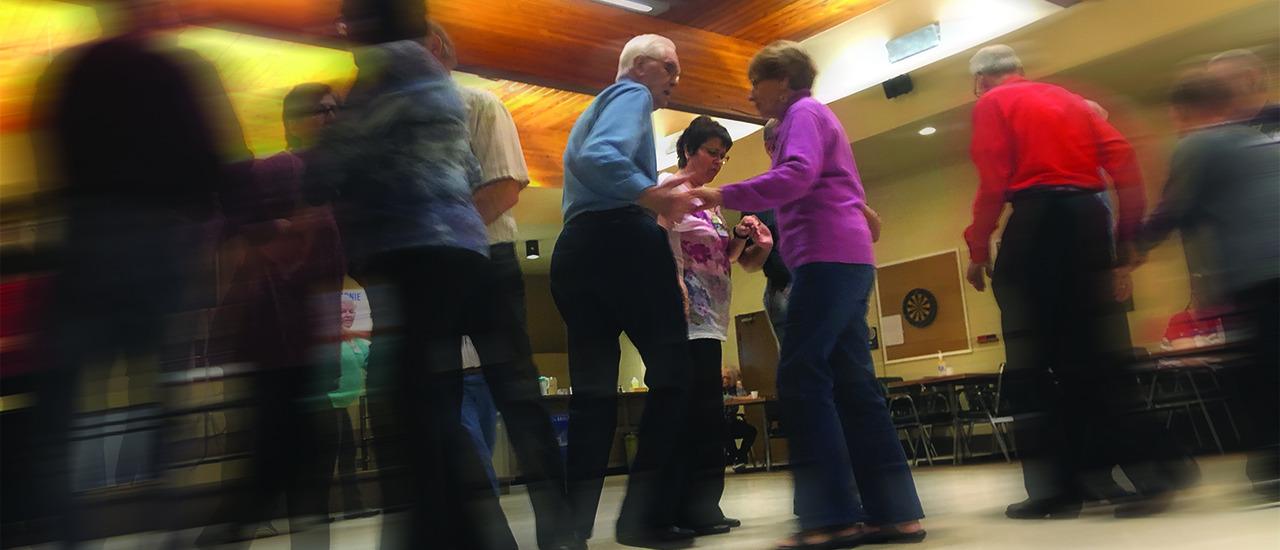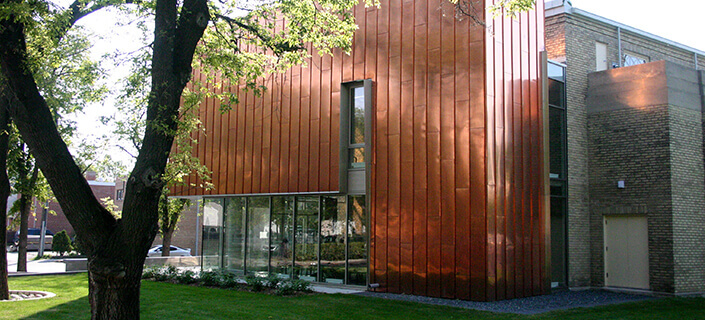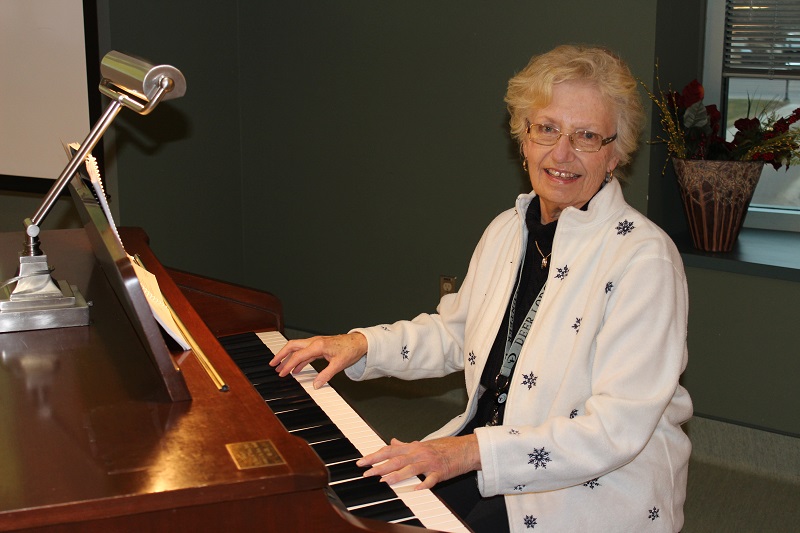
Research shows you can “Do Si Do” and “Allemand Left” your way to better mental and physical health.
By Eugene Plischke
It’s time to dust off those “Yahoos!” and join a square dance club. You’ll meet some of the friendliest people in Manitoba, and leave your first session with a joyful heart, better health, and a sharpened mind.
Recent studies are all but hollering the amazing powers of dancing to reverse the signs of aging. According to research published last year in Frontiers in Human Neuroscience, learning complex, constantly changing dance steps results in measurable improvements to balance, dexterity, and the integrity of brain regions responsible for memory—and may even ward off the symptoms of Alzheimer’s disease and other dementias.
But not just any dance will do. Another study by the University of Colorado concluded that square dancing in particular outperformed other forms of dance. Researchers speculate the reason is because square dancing combines social interaction, exercise, and learning by minimizing the time one partner spends simply following another who leads. Square dancing has also proven to safeguard against hypertension, obesity, depression, and social isolation.
If you’re looking to stave off those winter blues, challenge your mind, and minimize isolation, give it a try. Each of Winnipeg’s 12 clubs will let you attend for free for three weeks before you commit to paying fees, which are only $5 a year plus $4 per drop-in. Entertainment doesn’t get more affordable and rewarding than spending a few hours learning to perfect a “Ladies in, Men Sashay” or “Weave the Ring”.
All of Winnipeg’s square dancing clubs follow the same inclusive, family-friendly code: no alcohol, no swearing, no bullying or teasing. The caller—the person who leads the dance—teaches the sequence of steps or figures before the music begins. Then you’ve got to keep on your toes to respond to key changes as the music—usually performed by a fiddle, often joined by guitar or banjo—whirls through a series of progressions. With 68 basic calls and 32 that are more advanced, square dancing is endlessly varied and spontaneous. A dancer will travel two to three miles an evening. If you make an error (and you will), your partners simply smile and guide you along: “Keep on dancing! Keep on travelling!”
You can show up with or without a partner and dance the part of a man or a woman. Each club is unique. One of the local clubs that caters to beginners, Paws N Taws, is also the largest club in Winnipeg and just celebrated its 60th anniversary.
Paws N Taws caller Brian Lewis, who has been dancing for 35 years and calling for 20, says the dance originated in 16th century England and spread throughout western Europe before coming to North America by way of France. You’ll find clubs throughout North America, Europe, Australia and Japan. Club president Lois Saunderson says square dancing is a destination event, and many enthusiastic dancers travel to conventions, cruises, festivals and tours held across the globe. “Callers all over the world use the same terms, so dancers can understand and follow along wherever they go.”
The night I visited Paws N Taws, the music was varied: I heard classic country and fiddling, as well as a little Bod Dylan. During one of the teaching tips (or rounds), we danced to “Moves like Jagger” by Maroon 5.
Some dancers, such as Paws N Taws member Hal Slater, dance up to eight times a week. Other members have danced their entire lives. Cathy Kozak was brought to square dancing as a young child by her mother, the late Freda Kozak. “It was one of the only affordable and accessible activities for a single mom back then.” Her mother continued to dance and teach square dancing in various personal care homes well into her 90s. “She was often older than the residents she was working with,” Cathy recalls proudly.
Some dance for the physical health benefits. Florence Bourgouin, who has been square dancing for 12 years, joined in the hopes that it would help her husband get more exercise, a goal she describes as a work in progress.
For others, square dancing is an activity that bridges the generations. Yvette Baskerville has been dancing since 1986, when she joined the club with her four sisters and their partners. Her husband was her partner for many years. Today, she is proud to have her great-grandson at her side. 14-year-old Liam Baskerville-Marsh is Paws N Taws’ youngest member. Yvette got him hooked three years ago; he’s now the proud owner of an amazing array of traditional square dance clothing inherited from family members and picked up at sales and swaps.
To find a club near you or to get more information, visit the Manitoba Square and Round Dance Federation website at squaredancemb.com, or call Pam Hart at 204.414.7637.
Recent News

Embracing Hope: The Impact of DLC’s Movement Disorder Clinic

Winnipeg Jets Parkinson’s Disease Awareness Game!

